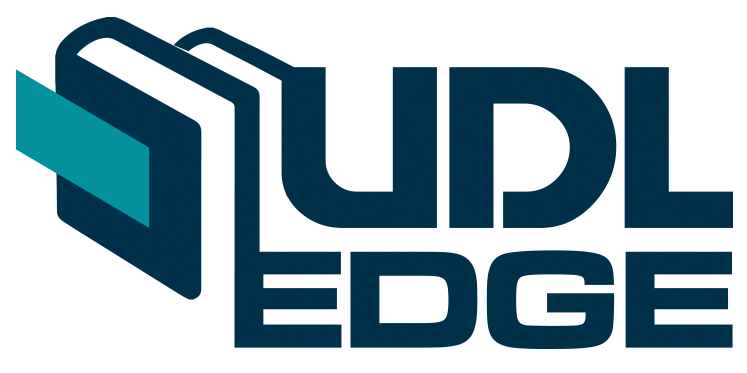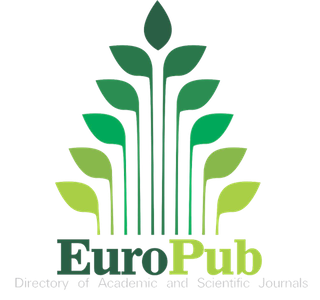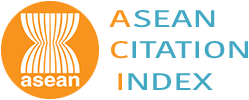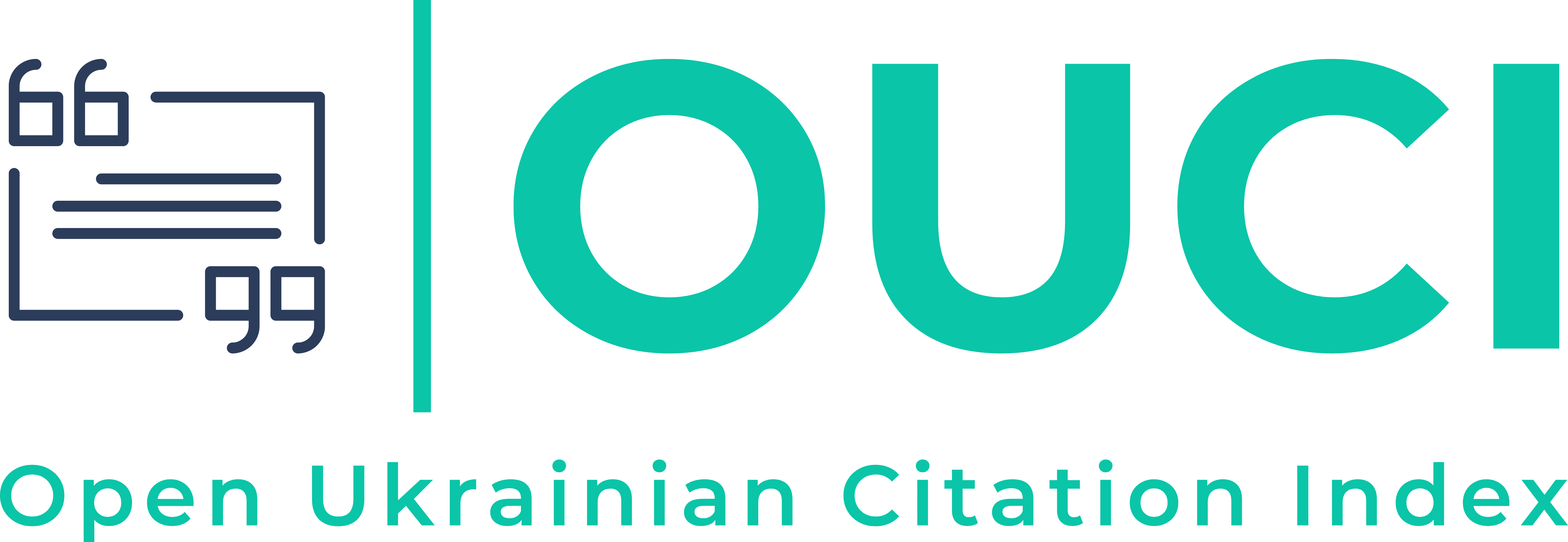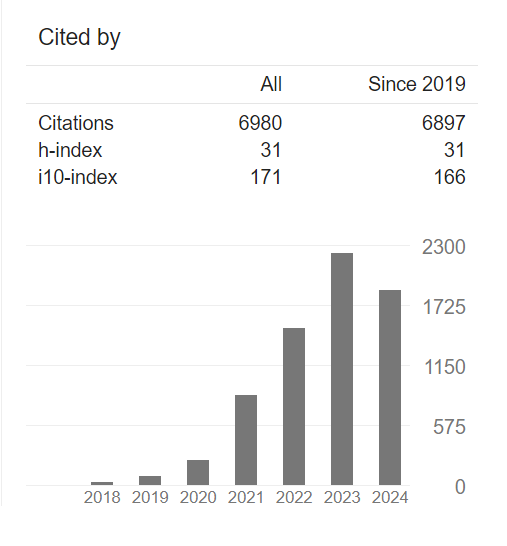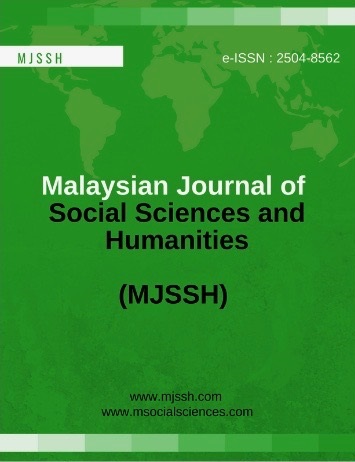Makna dan Retorik dalam Surah Yasin: Analisis Korpus Stilistik
Abstract
Kajian ini meneliti jalinan antara makna dan retorik dalam surah Yasin melalui pendekatan korpus stilistik. Surah Yasin yang dianggap sebagai jantung al-Quran memaparkan dimensi kerohanian, teologi dan linguistik yang mendalam, namun pola leksikal-semantik dan strategi stilistiknya masih kurang ditekankan, terutamanya melalui gabungan analisis kuantitatif dan kualitatif. Kajian ini bertujuan untuk: (1) menganalisis pola leksikal-semantik surah Yasin menggunakan kaedah korpus; (2) meneliti kewujudan unsur stilistik; dan (3) menilai kesatuan unsur tersebut dalam mengukuhkan fungsi persuasif dan didaktik surah ini. Secara metodologi, kajian ini menggunakan teks digital surah Yasin, menjalankan analisis frekuensi, kolokasi dan medan semantik melalui perisian seperti LancsBox dan AntConc, serta melengkapkannya dengan analisis stilistik berasaskan kerangka Leech dan Short (2007) serta Simpson (2004) yang memberi fokus kepada pengulangan, paralelisme, metafora dan pola bunyi. Dapatan menunjukkan tema kehidupan, kematian dan kebangkitan mendominasi landskap semantik dan sering disertai perangkat stilistik yang memperkukuh kesan emosi dan kognitif. Pengulangan dan struktur paralel menekankan konsep teologi, manakala unsur metafora dan fonologi meningkatkan daya ingatan serta sentuhan rohani. Perkataan مبين menonjol sebagai elemen penegasan wahyu, manakala قال mengatur struktur dialogik yang memperhebat kesan retorik. Dengan demikian, kajian ini menyerlahkan keindahan bahasa al-Quran sebagai wahana persuasif dan reflektif, sekali gus memperluas sumbangan kepada bidang pengajian al-Quran, linguistik Arab dan korpus stilistik melalui model analisis bersepadu yang dapat digunakan dalam kajian teks-teks suci yang lain.
Downloads
References
Al-Quran.
Abdel Haleem, M. A. S. (1992). Grammatical shift for the rhetorical purposes: Iltifāt and related features in the Qurʾān. Bulletin of the School of Oriental and African Studies, 55(3), 407–432. https://doi.org/10.1017/S0041977X0000276X
Abdel Haleem, M. A. S. (2004). The Qurʾān: A new translation. Oxford University Press.
Abdul-Raof, H. (2003). Exploring the Qurʾan: Context and impact. Al Saqi Books.
Abdul-Raof, H. (2006). Arabic rhetoric: A pragmatic analysis. Routledge.
Abdul-Raof, H. (2013). New horizons in Qurʾanic linguistics: A syntactic, semantic and stylistic analysis. Routledge.
Ahmad, H., & Ghafar, N. A. (2025). Stylistic and linguistic variation in the Qur’an: Toward an integrative framework. Quantum Journal of Social Sciences and Humanities, 6(3), 424–433. https://doi.org/10.55197/qjssh.v6i3.705
Al-Azami, M. M. (2011). The history of the Qurʾānic text: From revelation to compilation (2nd ed.). UK Islamic Academy.
Al-Jurjani, A. (2012). Asrār al-Balāgha (The secrets of eloquence). (Modern Arabic critical edition; original work ca. 11th century).
Anthony, L. (2019). AntConc (Version 3.5.8) [Computer Software]. Waseda University.
Baker, P. (2006). Using corpora in discourse analysis. Continuum.
Beeston, A. F. L. (1970). The Arabic language today. Hutchinson University Library.
Biber, D., Conrad, S., & Reppen, R. (1998). Corpus linguistics: Investigating language structure and use. Cambridge University Press.
Brezina, V., McEnery, T., & Wattam, S. (2020). LancsBox X5 [Software]. Lancaster University.
Das, A. K. (2015). Language, Literature and Science vis-à-vis the Vedas and the Upanishads. International Journal of Mind, Brain & Cognition, 6(1-2), 91-112.
Dukes, K., & Habash, N. (2010). The Quranic Arabic Corpus: An annotated linguistic resource for the Holy Quran. In Proceedings of LREC 2010 (pp. 2477–2484).
Fabb, N. (1997). Linguistics and literature: Language in the verbal arts of the world. Blackwell.
Hunston, S. (2002). Corpora in applied linguistics. Cambridge University Press.
Hunston, S. (2007). Semantic prosody revisited. International Journal of Corpus Linguistics, 12(2), 249–268.
Ibn Kathir, I. (2000). Tafsīr al-Qur’ān al-ʿAẓīm. Dār Ṭayyibah.
Jeffries, L., & McIntyre, D. (2010). Stylistics. Cambridge University Press.
Krippendorff, K. (2018). Content analysis: An introduction to its methodology (4th ed.). SAGE.
Lakoff, G., & Johnson, M. (1980). Metaphors we live by. University of Chicago Press.
Leech, G., & Short, M. (2007). Style in fiction: A linguistic introduction to English fictional prose (2nd ed.). Pearson Longman.
Louw, B. (1993). Irony in the text or insincerity in the writer? The diagnostic potential of semantic prosodies. In M. Baker, G. Francis, & E. Tognini-Bonelli (Eds.), Text and technology (pp. 157–176). John Benjamins.
Mahlberg, M. (2013). Corpus stylistics and Dickens’s fiction. Routledge (for radar & matrix visualizations as examples of quantitative + qualitative convergence).
Mayring, P. (2014). Qualitative content analysis: Theoretical foundation, basic procedures and software solution. Beltz.
McEnery, T., & Hardie, A. (2012). Corpus linguistics: Method, theory and practice. Cambridge University Press.
McIntyre, D., & Walker, B. (2019). Corpus stylistics: Theory and practice. Edinburgh University Press.
Mir, M. (1986). Coherence in the Qurʾān: A study of Islahi’s concept of nazm in Tadabbur-i-Qurʾān. American Trust Publications.
Nasser, R. (1996). Phonological foregrounding in the Qur’an: A stylistic approach. Journal of Qur’anic Studies, 1(2), 51–66.
Pirmansyah, & Nur, T. (2021). Metafora konseptual dalam Al-Quran Surat Yasin: Kajian semantik kognitif. Jurnal Perspektif, 5(2), 146–160.
Ross, W. A, & Robar, E. (2023). Linguistic Theory and Biblical Text. Open Book Publishers.
Salhi, S. (2015). Corpus-based analysis of semantic prosody in Qurʾānic translations. International Journal of Corpus Linguistics, 20(1), 99–122. https://doi.org/10.1075/ijcl.20.1.05sal
Scott, M. (2017). WordSmith Tools (Version 7) [Software]. Lexical Analysis Software.
Sharaf, A., & Atwell, E. (2009). Quranic Arabic Corpus: An annotated linguistic resource for the Holy Qurʾān. In Proceedings of the 7th International Conference on Language Resources and Evaluation (LREC 2009) (pp. 890–897). European Language Resources Association.
Simpson, P. (2004). Stylistics: A resource book for students. Routledge.
Sinclair, J. (1991). Corpus, concordance, collocation. Oxford University Press.
Stockwell, P. (2020). Cognitive poetics: An introduction (2nd ed.). Routledge.
Stubbs, M. (2001). Words and phrases: Corpus studies of lexical semantics. Blackwell.
Sweetser, E. (1990). From etymology to pragmatics: Metaphorical and cultural aspects of semantic structure. Cambridge University Press.
Taha, M. (1997). Repetition as a rhetorical device in the Qur’an. Arabica, 44(3), 356–370.
Tanzil.net. (2025). Surah Yasin – Arabic text. Tanzil.net. https://tanzil.net/#36:1
Tognini-Bonelli, E. (2001). Corpus linguistics at work. John Benjamins.
Toolan, M. (2012). Narrative: A critical linguistic introduction (2nd ed.). Routledge.
Tsur, R. (1992). What makes sound patterns expressive? The poetic mode of speech perception. Duke University Press.
Werth, P. (1999). Text worlds: Representing conceptual space in discourse. Longman.
Widdowson, H. G. (1975). Stylistics and the teaching of literature. Longman.
Wynne, M. (2005). Developing linguistic corpora: A guide to good practice. Oxbow Books.


